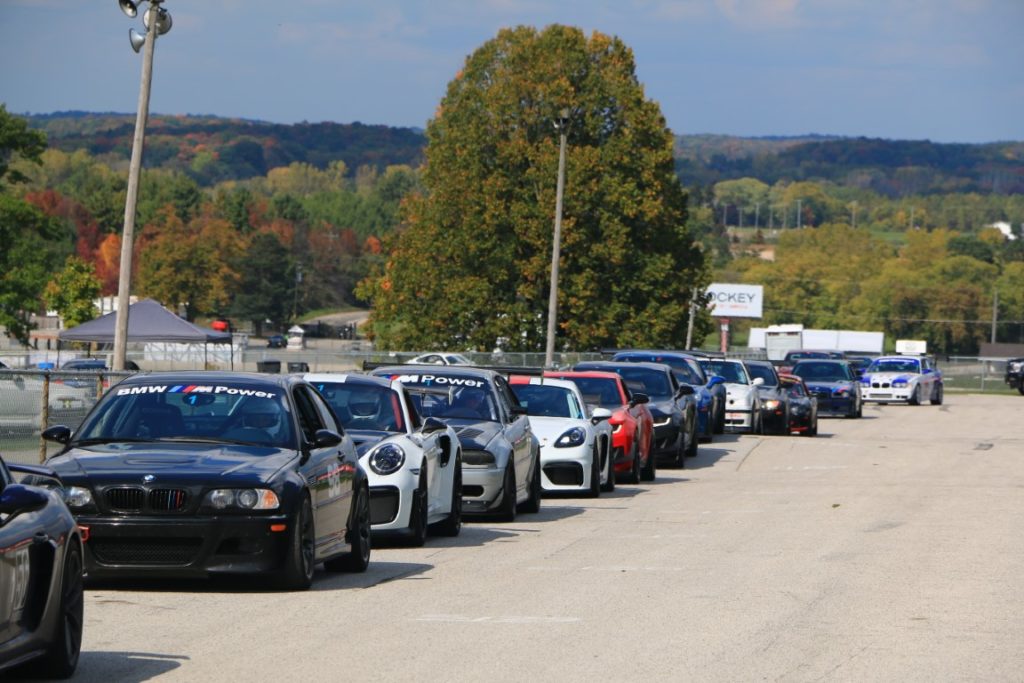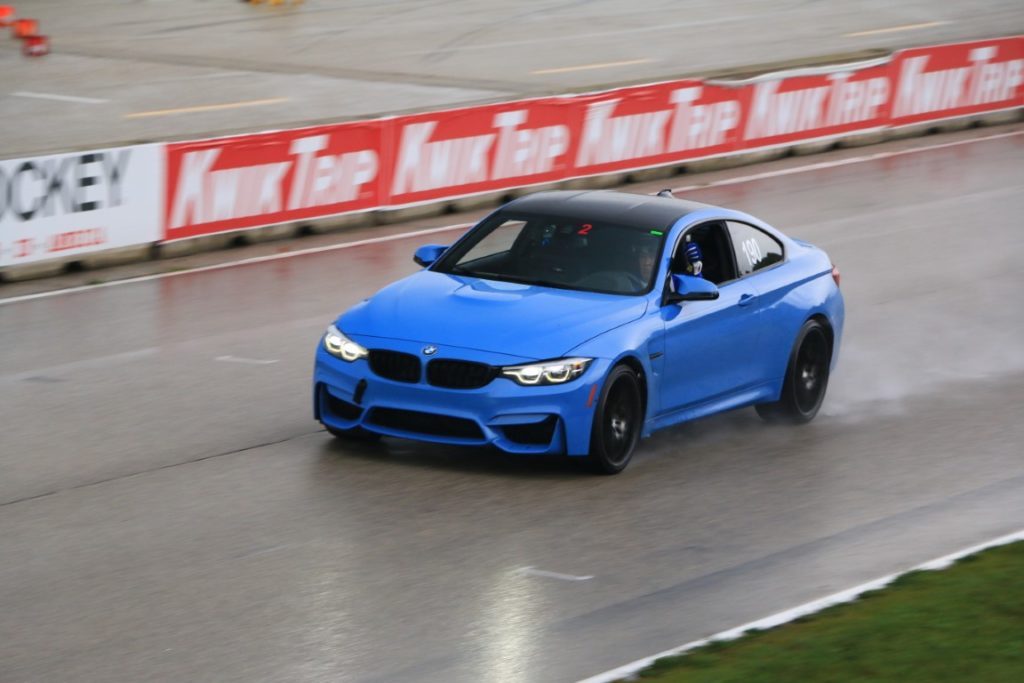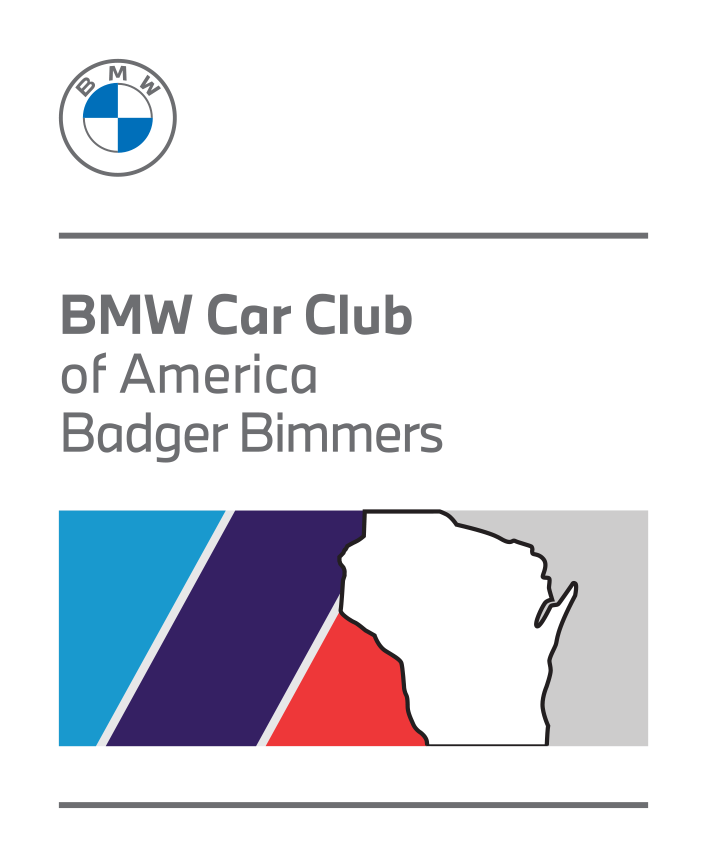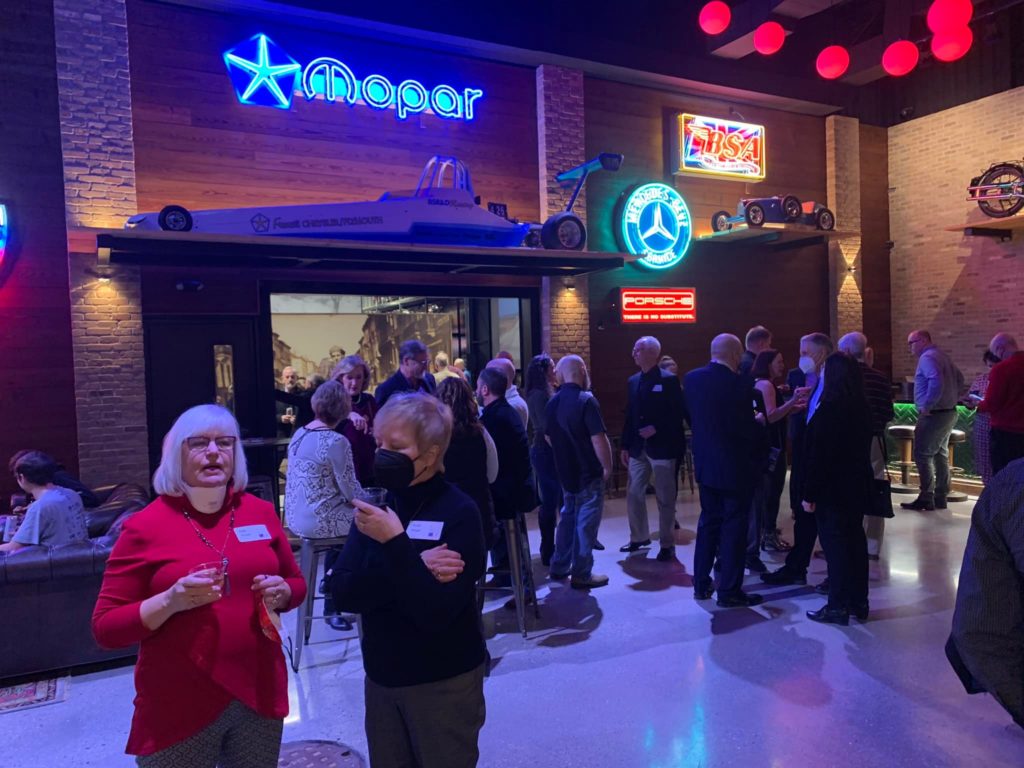
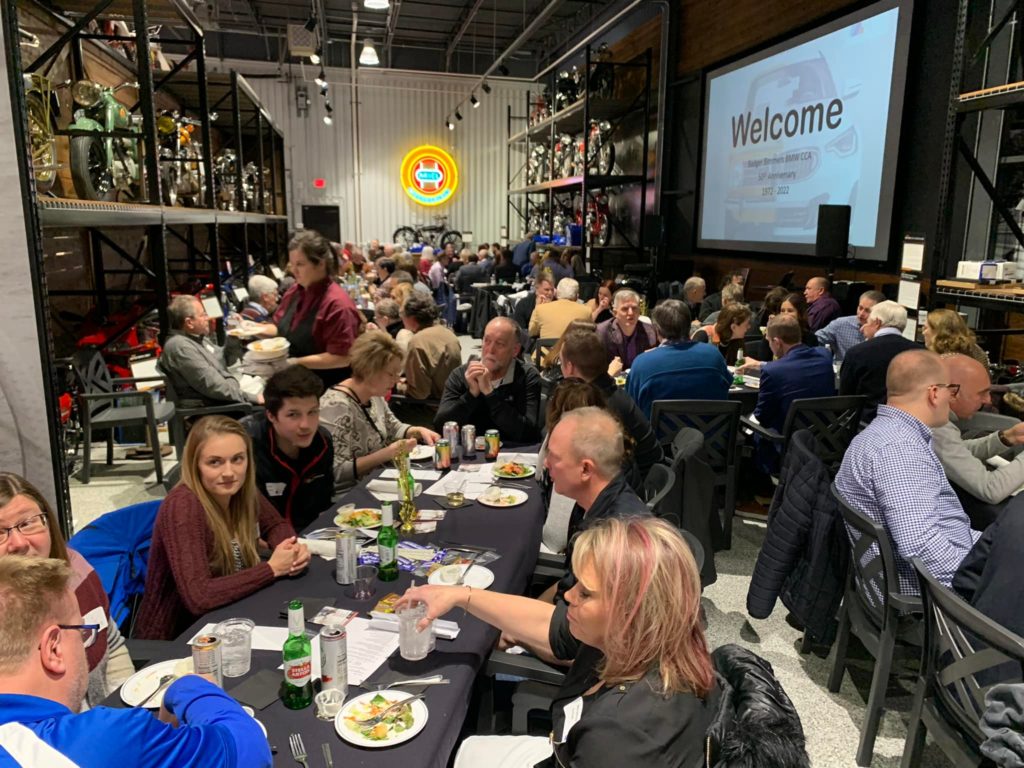

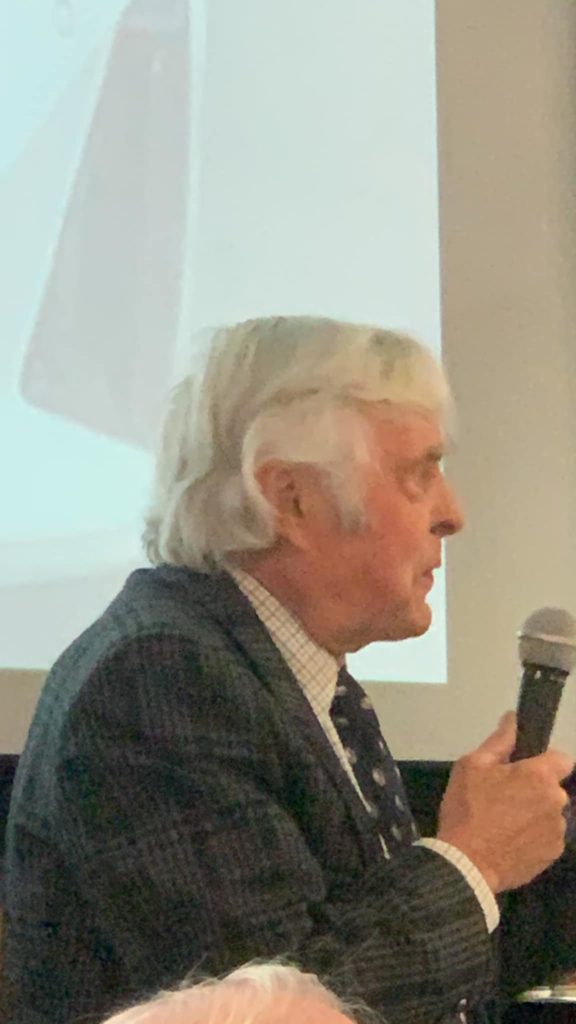
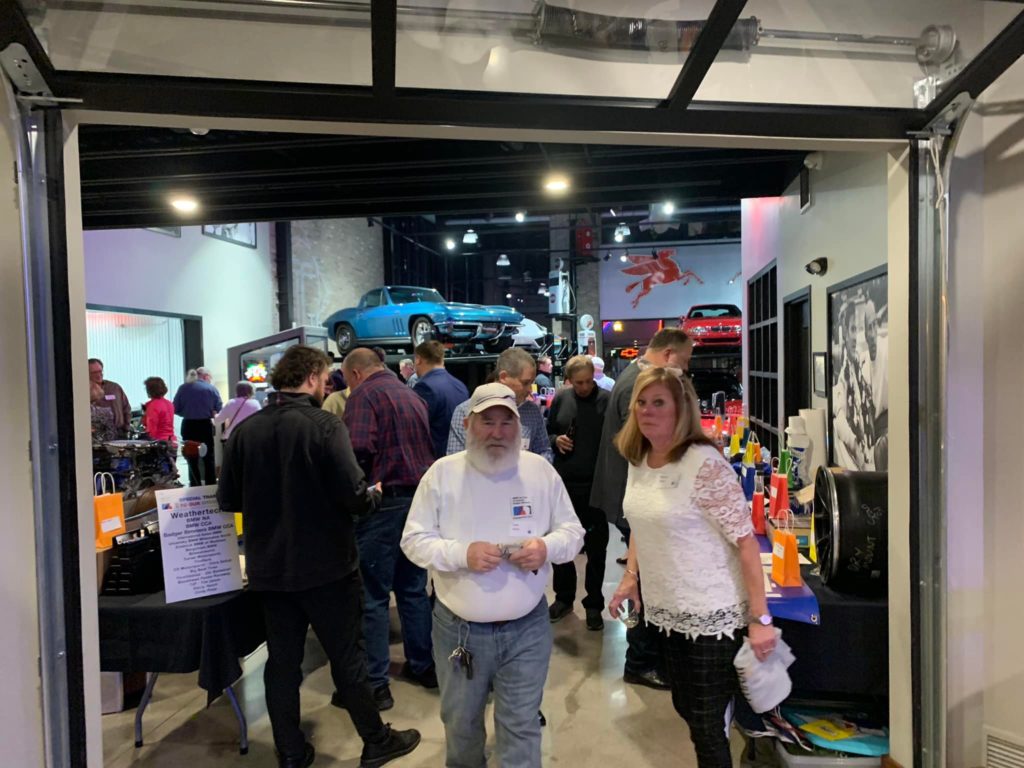





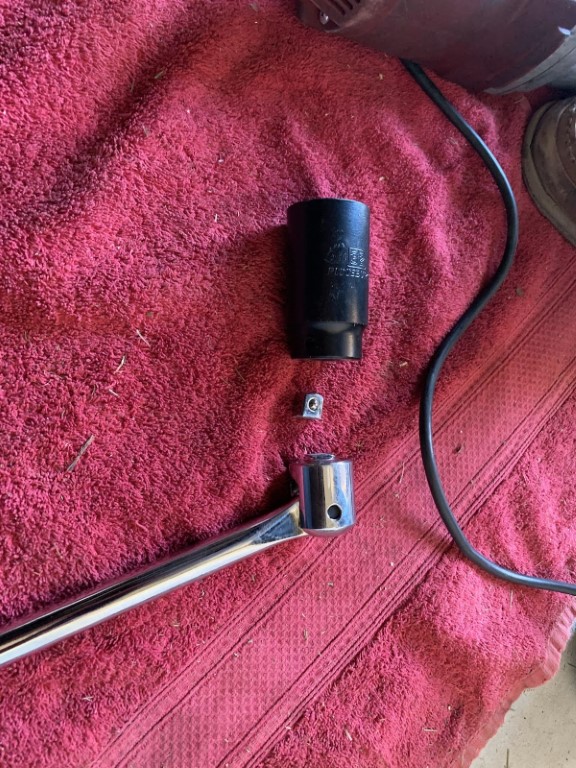
My friend Tom bought a 1986 Porsche 928 as a running project car from his brother living in California. His brother did some service on the car before shipping it to Tom. He changed the cam timing belt and replaced all necessary emission components required to meet California standards. Tom received the Porsche in the spring of 2020. When I saw the Porsche, I could see it needed a lot of work to make it mostly operational and drivable. Neither Tom nor I knew the extent of the repairs we would need to make.
The first task we selected was rebuilding the axles. The axles had split boots exposing the constant velocity joints to grit, water and loss of grease. The first step of rebuilding was removing both rear axle shafts which required removal of the 32-millimeter axle nut. The torque specification for the axle nut is 350 ft-lb. My friend Tom had a 24” long 1/2” drive breaker bar and purchased a 32-millimeter 1/2” drive socket. This should have easily removed the axle nut. I got into the driver’s seat and applied the brakes. Tom repeatedly applied his full weight to the breaker bar. When we heard a loud snap, we thought the nut broke loose. No, the 1/2” stub broke off the breaker bar! The next day we attacked the nut with a 3/4” breaker bar, a 3/4” to 1/2” impact adaptor (both just purchased) and the 1/2” drive 32 mm socket we used the day before. While I applied the brakes, Tom repeatedly applied his weight to the 3/4” breaker bar until the snap occurred, success? No, it did not loosen, the 1/2″ stub of the impact adaptor broke off. Two days and two broken tools. The next weekend we started with a 3/4” drive 32-millimeter socket that Tom found at Menards. I have never considered looking at Menards for automotive tools. I went back into the drive seat to apply the brakes while Tom bounced all his weight on the 40” 3/4” breaker bar. This time the axle nut started rotating but with significant resistance. Tom repositioned the breaker bar and socket repeatedly and eventually the nut did come off. As we removed the nut it was apparent that Loctite red was applied to the threads.
Now we moved to the other end of the same axle shaft, attachment point to the transaxle. The transaxle end is anchored with 6 Allen head cap bolts. They were all tight but came out (no Loctite). The difficult part was keeping the extra-long Allen socket, needed to reach the cap bolts in the limited access area, in line with the cap bolt to ensure full engagement to prevent the Allen wrench from slipping and rounding the Allen head socket. The passenger’s side axle nut was treated with brake cleaner to dissolves the Loctite in case it had been used on this side also. Looking at the axle nuts after we removed both axels revealed that a prior owner, beside using Loctite, had peened a flat on one side of the nut after installation. Day three ended up with the axles out and disassembled as far as possible.
The CV joint on the wheel end of the axels cannot be dissembled, the housing is welded together. Of course, the welded housing CV joints had boots which were split into two pieces and appeared contaminated with grit. After removal of the boot, a visual inspection of the welded CV joint housing revealed substantial amount of sand in the CV joint grease. Tom was able to flush out the welded housing and CV joint components in an industrial part cleaner until all the grease and grit was cleared out. The CV joint at the opposite end of each axle was completely dissembled and easy to clean and inspect each part. With the cleaned CV joints and joint components, we could inspect all the balls and races. Fortunately, the wear patterns were minor and we did not need to replace any of the CV joint internal parts. After inspection, we assembled and packed the CV joints with CV joint grease. Securing the new boots finished the axle rebuild. The rebuilt axles were installed with new axle nuts and new Allen cap bolts properly torqued. During reinstallation, we skipped the Loctite and peening the nut. Now we could proceed to the next project of the 999 left. Since then, I have visited Menards in Brookfield to check out the tool supply, I was impressed.

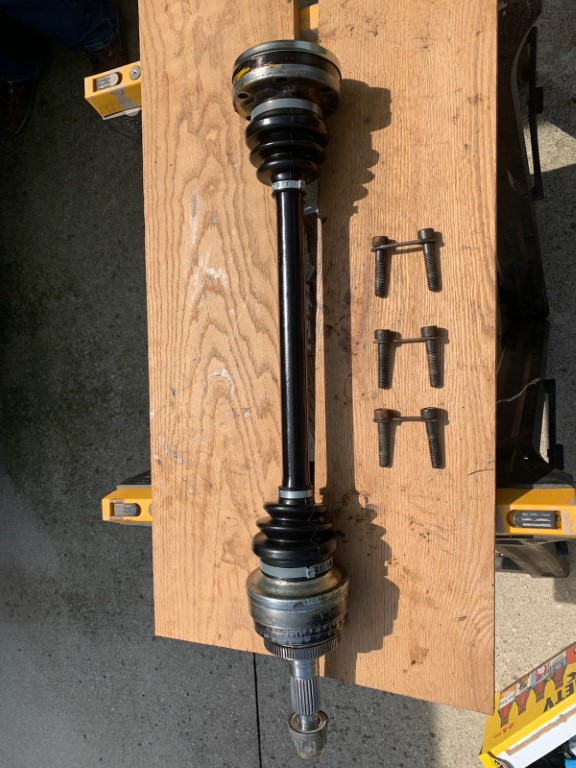
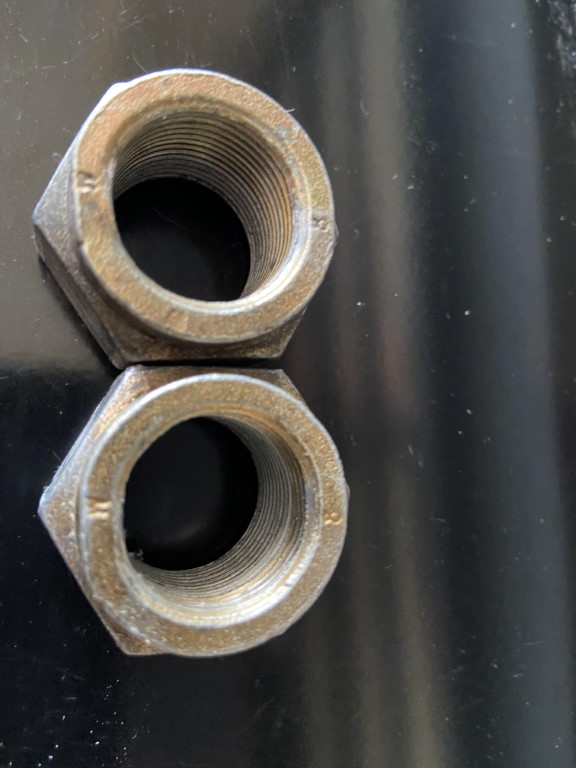
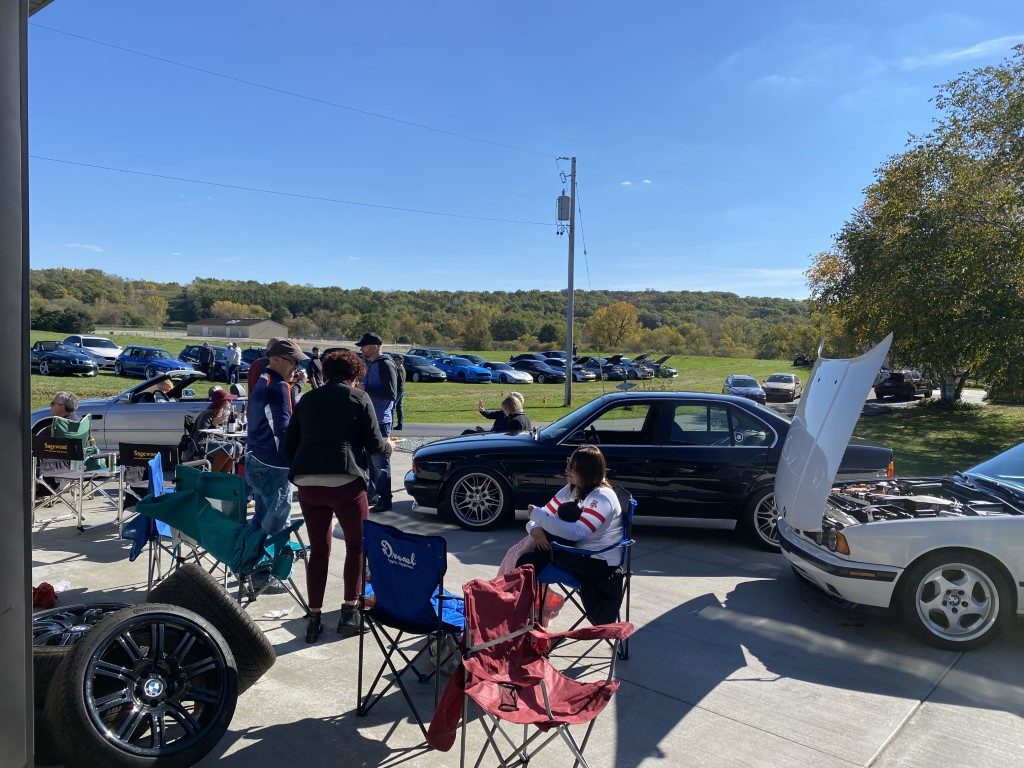
On October 23rd, 2021, Badger Bimmers and the Beran family hosted their Fall Picnic near Whitewater, WI at their new home workshop filled with BMWs. The event was a pot luck with attendees bringing all sorts of great dishes to pass all afternoon. Over 70 cars were on display in the field with well over 100 people in attendance to see the Beran’s new shop and enjoy the fantastic, sunny fall weather. Models ranged from the classics to new and there were also many non-BMWs that attended in a separated display area.
In memory of Adam Bensaid, after his recent passing, his cars (his e30 and e32) were on display and many of his friends and family also attended to check out the club and get to know his car family.
The event gained the club some new members and the Beran family looks forward to hosting another event next year.
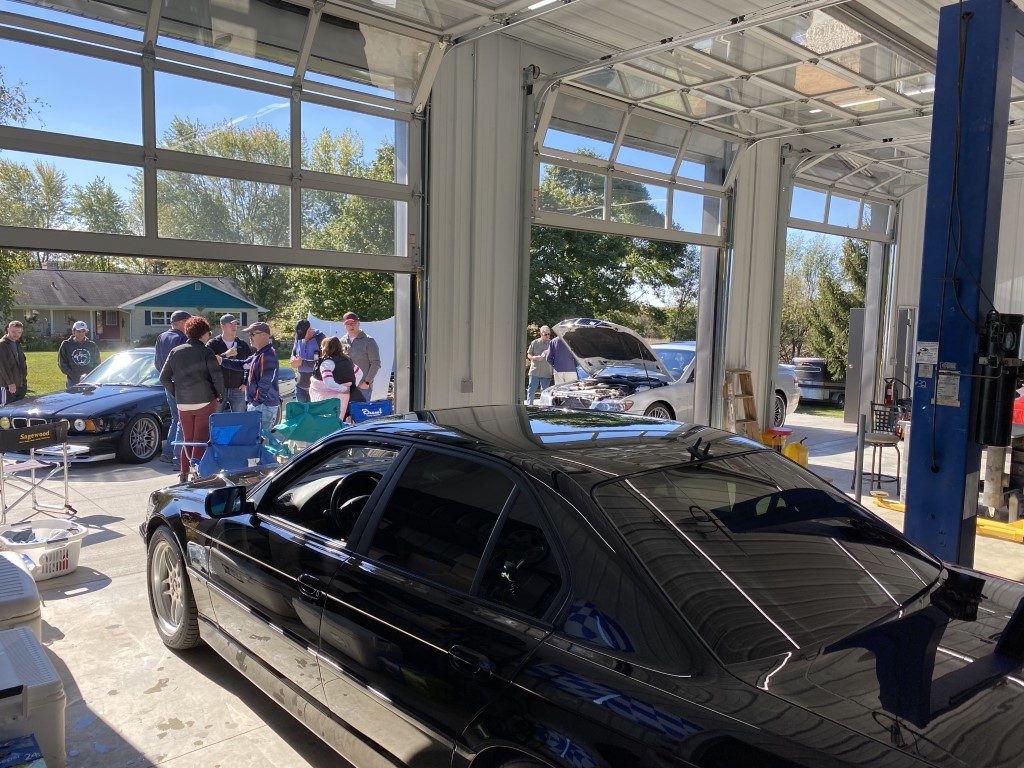
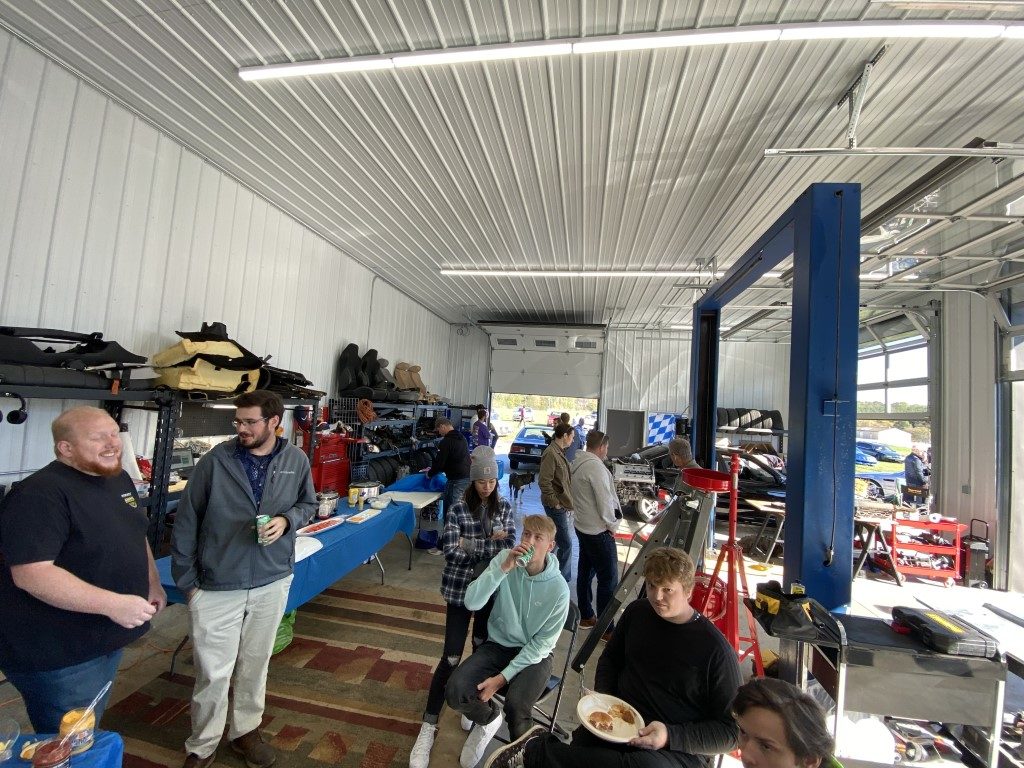

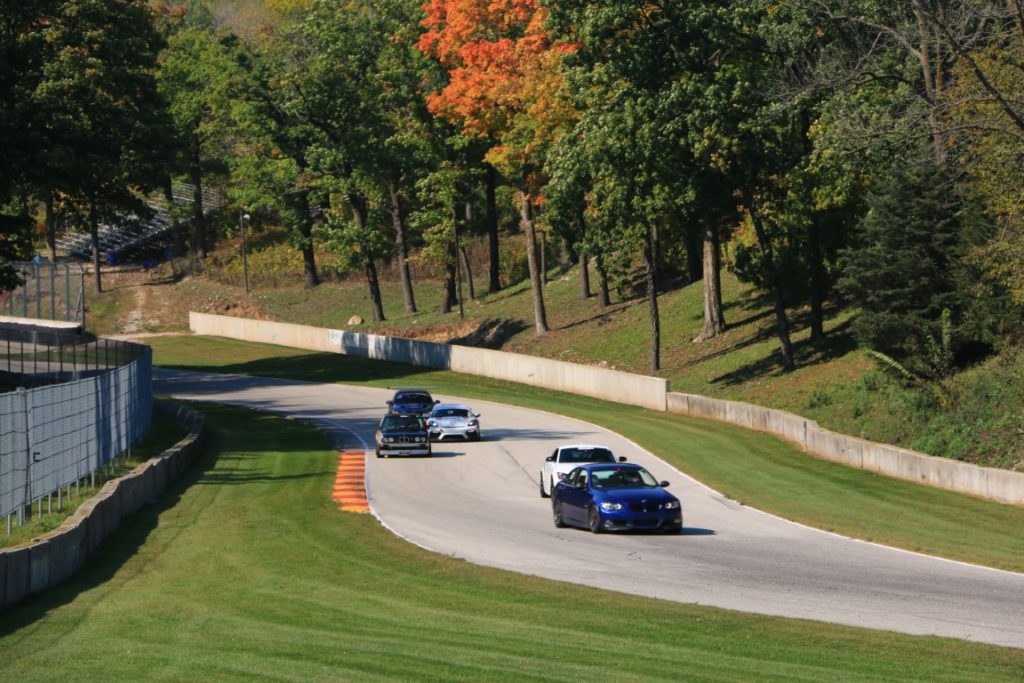
Our premier event at Road America, OktoberFAST was held on October 1st-October 3rd. The first two days had awesome weather but the 3rd surprised us with some rain. Nevertheless, our students were able to seize the opportunity to practice the rain line at America’s National Park of Speed. New this year, Feeding America was onsite at OktoberFAST collecting food and monetary donations for those in need. Thank you to all who contributed! A shoutout to all volunteers, instructors, and newly appointed DEC David Burman. Special thanks to retiring DEC Darcy Yench for her many years of tireless service to the Club. We hope to see all drivers return next year and help sell out all our events!
